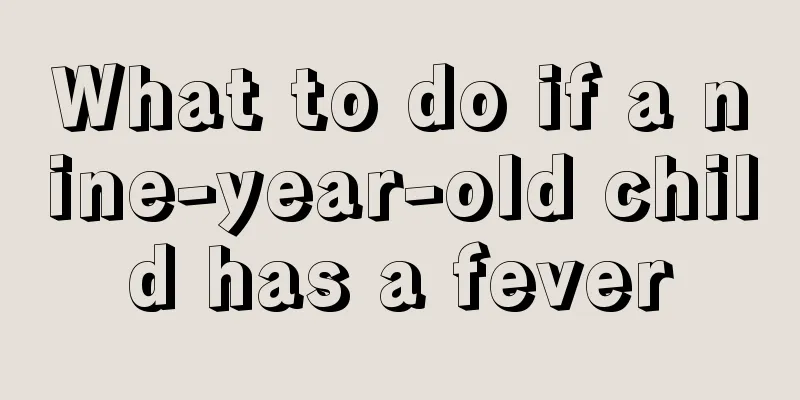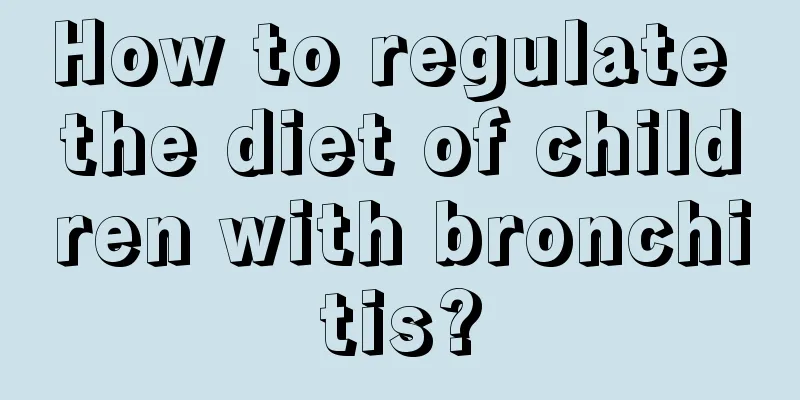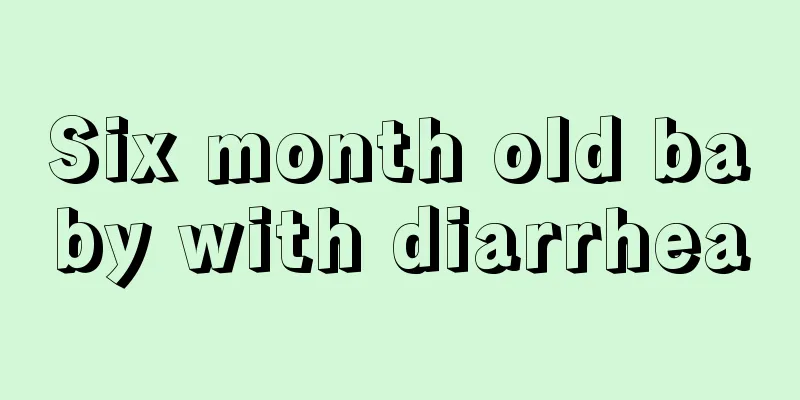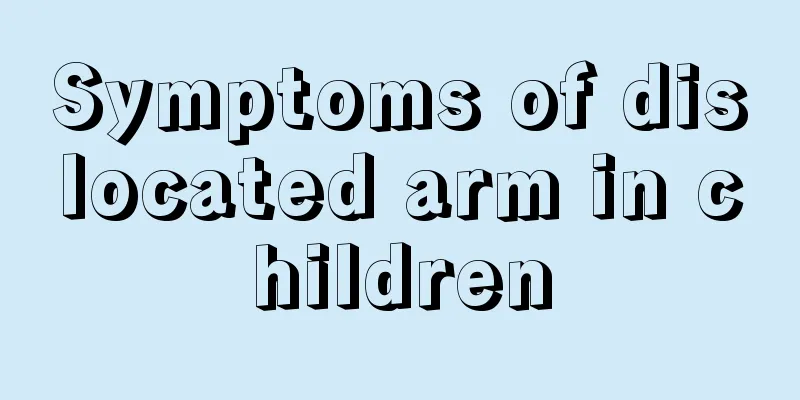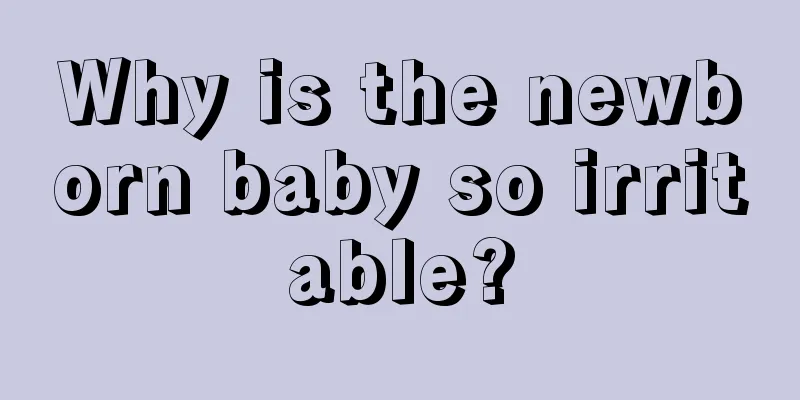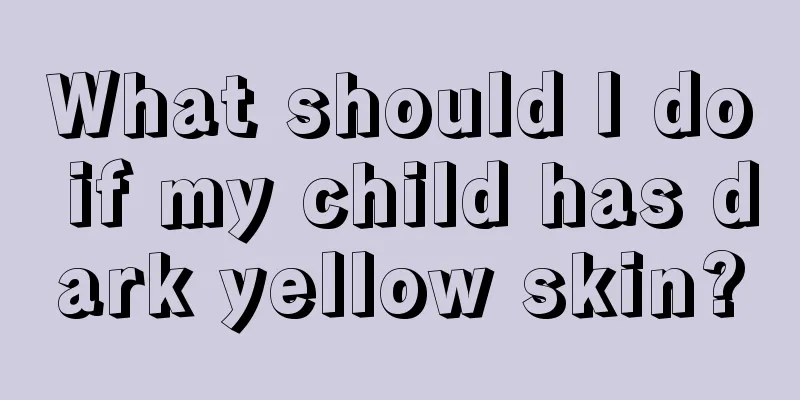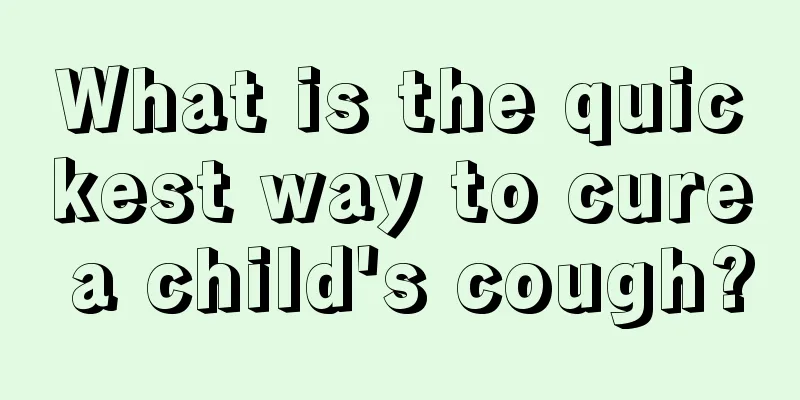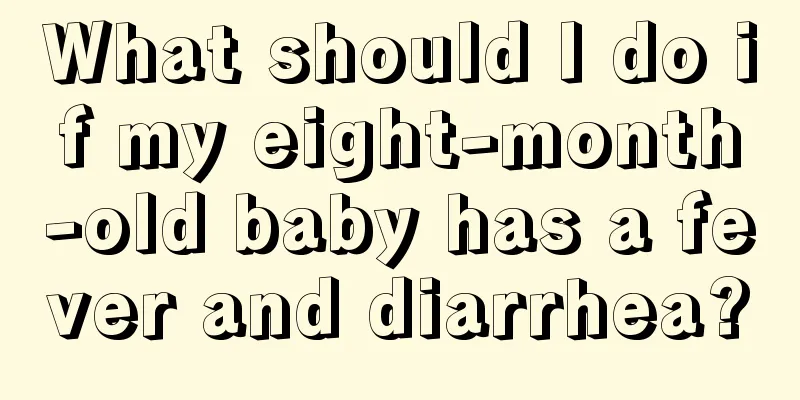What to do if a three-year-old child has a fever of 39 degrees

|
Babies' insufficient immunity often leads to fever due to decreased resistance. Generally speaking, children with fever will turn pale and may even cause great harm to their bodies. Active treatment is necessary to confirm the diagnosis. So, if a three-year-old child has a fever of 39 degrees, how should we treat him in life and how should we deal with the child's fever? If a baby has a fever, he or she may have many uncomfortable symptoms, such as: flushing, coughing, general fatigue, soreness, dizziness, headache, vomiting, abdominal pain, drowsiness, poor activity, loss of appetite, noisy, restless, crying, etc., which make the mother feel very distressed. However, some babies do not show any abnormal symptoms when they have a fever. Some babies' fever may be mistaken by their elders as teething and thus ignored. If your baby's temperature is high, it is recommended that mothers make an objective assessment first, such as whether the baby has just finished a hot bath, or the weather is too hot, the baby is wearing too many clothes, the indoor ventilation is poor, the baby has just drunk a hot drink, etc. Wait about half an hour before taking the child's temperature again. There will usually be a difference of 1℃ to 1.5℃. After excluding the above reasons, consider whether you need to go to the hospital. Generally speaking, if a child's temperature is around 38℃ ~ 38.5℃, and he or she does not feel particularly uncomfortable and is in good spirits, that is, he or she eats, sleeps and plays as usual, there is no need to rush to send the child to a doctor or use antipyretics. However, babies with a history of febrile convulsions (4% of young children) require active treatment. Most pediatricians believe that when the fever is above 38.5°C to 39°C, antipyretics can be used appropriately to relieve the child's discomfort and the parents' anxiety, and to prevent the child from having heat cramps. But if the temperature is above 40.1℃, emergency treatment is required. Process 3 If you suspect your child has a fever, you should take his or her temperature. In addition, when your baby shows the following conditions, you should also consider whether you should measure your baby's temperature. *Excessive sweating. * Hot and dry skin. *Extreme paleness or unusual flushing of the face. *Abnormally fast, slow or paused breathing. In the article, we learned that a three-year-old child had a fever of 39 degrees. In fact, such a high fever of 39 is already very serious and must be treated by timely hospital examination. We also need to pay attention to the baby in life and not wear too little after taking a hot bath. If the child's symptoms are abnormal, he must be examined in the hospital. |
<<: What should I do if my one and a half year old child has a cough and fever?
>>: What should I do if my child has a cold, cough and fever?
Recommend
What should I do if my child grows too fast?
For a long time, parents hope that their children...
Is it okay for children not to use pillows?
A pillow is a kind of bedding that people use whe...
Why is my child's legs numb?
Many children may not be so aware of the conditio...
The reason why 10-year-old children grind their teeth when sleeping
10-year-old children are in the period of growth,...
How to use children's cold patch
It is very common for children to catch colds and...
Uneven skin tone on children's faces
Children generally have weaker body resistance an...
How to make purple sweet potato nutritious for babies
Purple sweet potato, also known as black sweet po...
What to do if your baby's hand is broken and bleeding
Children are usually naughty when running and jum...
The child has goose bumps
Many parents will find that their children have g...
How to solve the yellow palms and soles of children
The yellow palms and soles of children may be cau...
What causes white tongue in children?
Everyone is very concerned about children’s disea...
How to treat Yin deficiency and internal heat in children
Since kidney deficiency mainly affects the sexual...
How to train your baby to walk? These measures are very effective!
When the baby reaches the age to walk, parents mu...
What should I do if my child hits his forehead?
Children are very naughty. It is inevitable that ...
Why does a newborn baby not urinate for 4 days?
Normal newborns will urinate immediately after de...
